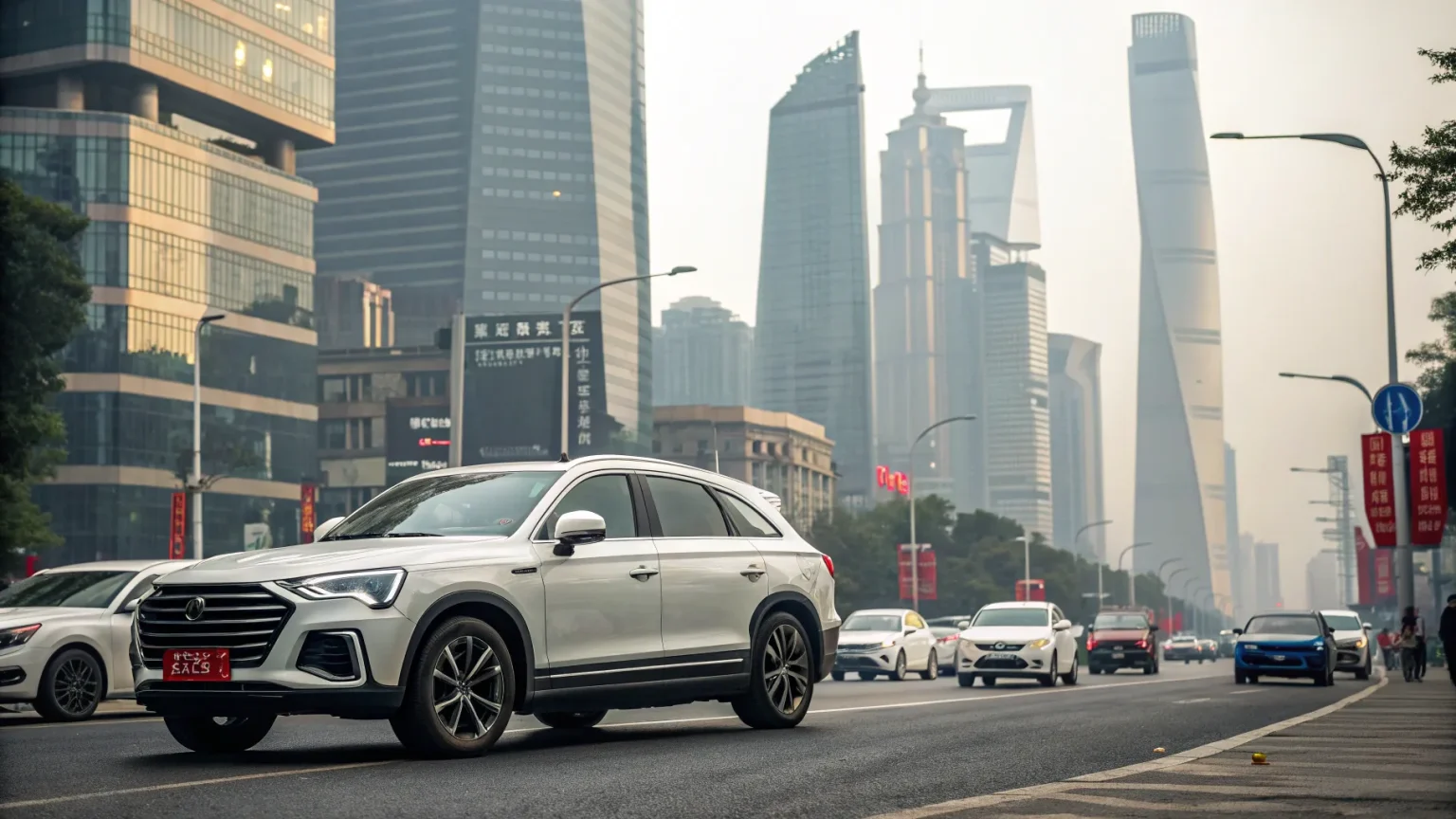The competitive issues among Chinese automobile manufacturers has intensified to a critical point, with consequences that industry observers can no longer dismiss. As companies fight for market share in what has become one of the world’s largest automotive markets, the effects of this competition are becoming increasingly apparent.
China’s automotive sector has transformed dramatically over the past decade, evolving from a market dominated by foreign joint ventures to one where domestic brands are taking center stage. This shift has created an environment where Chinese automakers are not only competing against international giants but also against each other with unprecedented intensity.
Market Saturation and Price Wars
The most visible sign of the escalating competition is the price war that has engulfed the Chinese auto market. Major manufacturers have slashed prices repeatedly in attempts to maintain sales volumes and market position. This has put significant pressure on profit margins across the industry.
Industry analysts point to several factors driving this situation:
- Overcapacity in manufacturing facilities
- Slowing domestic demand after years of rapid growth
- The rapid transition to electric vehicles creating market disruption
The current situation cannot be sustained indefinitely,” notes one industry expert. “We’re seeing companies selling vehicles at or below cost just to maintain market presence, which is creating financial strain throughout the supply chain.”
Consolidation Appears Inevitable
As financial pressures mount, smaller and less efficient manufacturers face existential challenges. Many industry observers predict a wave of mergers, acquisitions, and bankruptcies in the coming years as the market rationalizes.
The Chinese government has signaled its concern about the situation, with regulatory bodies indicating they may take steps to encourage consolidation. Officials have expressed worry about wasted resources and the potential for widespread job losses if multiple manufacturers fail simultaneously.
The automotive sector employs millions of workers across China, making any significant disruption a matter of both economic and social concern.
Global Implications
The intense domestic competition has accelerated Chinese automakers’ push into international markets. As profit margins shrink at home, companies are looking abroad for growth opportunities.
This export drive has already created trade tensions with several countries, particularly in Europe where concerns about subsidized competition have led to investigations and the threat of tariffs. The United States has also implemented measures to limit the impact of Chinese automotive imports.
For global consumers, the competition among Chinese manufacturers has resulted in more affordable vehicles, particularly in the electric segment. However, established international automakers are feeling the pressure as Chinese brands gain market share in multiple regions.
Technology Race Accelerates
The competitive environment has also intensified the race for technological advancement. Chinese automakers are investing heavily in autonomous driving systems, battery technology, and connected vehicle platforms as ways to differentiate their products.
This technological focus may ultimately determine which companies survive the current market pressures. Those that can offer compelling innovations while managing costs appear best positioned to weather the storm.
As the situation continues to develop, the Chinese automotive landscape will likely look substantially different within the next few years. The companies that emerge from this period of intense competition will be leaner, more technologically advanced, and potentially more formidable global competitors than ever before.







